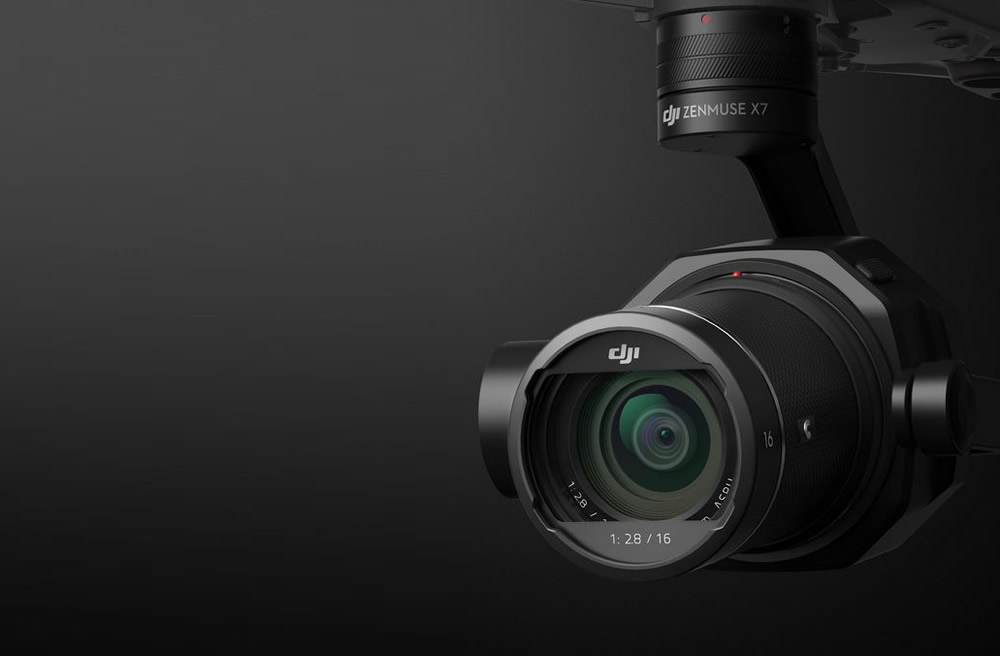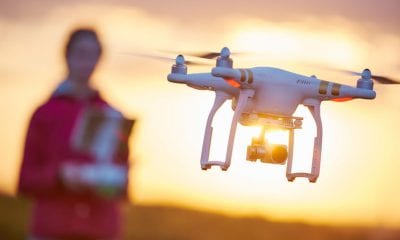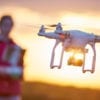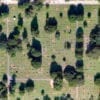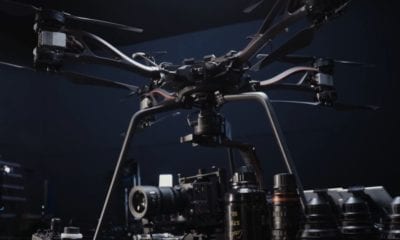What Makes the Zenmuse X7 So Special?
This really is one for the photography enthusiasts and fliers!
The advent of drones has suddenly expanded the horizon of possibilities for photography. So, how do you take professional quality pictures or videos from these flying machines? While factors such as image quality and lens resolution are always critical, the requirement for camera stabilization takes on a whole new meaning.
DJI’s latest offering ‘The Zenmuse X7’ is the first compact Super 35 sensor camera built for aerial photography/cinematography. The X7 comes with an integrated gimbal (a pivoted support allowing the camera to rotate about a single axis) and is compatible with the DJI Inspire 2 drone. The Zenmuse X7 gimbal system with a 16mm lens weighs only 631 grams, and a DJI Inspire 2 fitted with it can fly for up to 23 minutes.
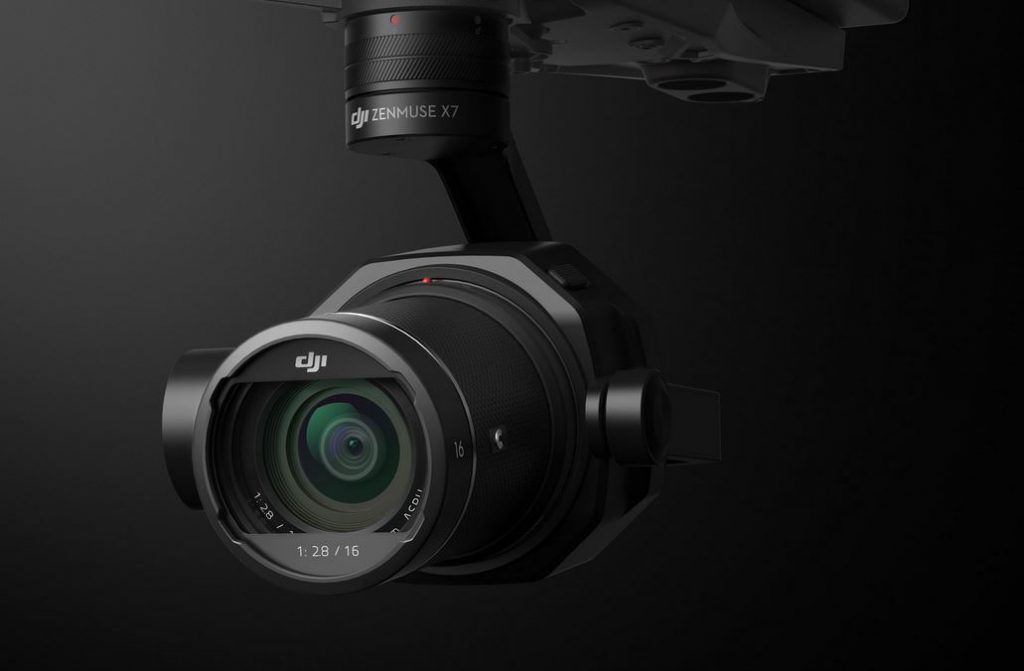
Zenmuse X7, The World’s First Super 35 Digital Film Camera Optimized for Professional Aerial Cinematography
So what makes the Zenmuse X7 so special? We look at some of the finer details that separate it from the competition:
The Super 35 Sensor
The Super 35 CMOS sensor has a 14-stop dynamic range and offers the highest resolution (6K/30fps CinemaDNG or 5.2/30fps Apple ProRes) among drone integrated cameras. It is also capable supporting RAW output at 3.9K/59.94fps CinemaDNG or 2.7K/59.94fps Apple ProRes.
The sensor has a diagonal length of 26.6 mm when recording, offering higher photosensitivity and thus, exceptional low-light performance.
The X7 also shoots 24MP stills.
DL Lenses
The X7 offers four prime lenses, with focal lengths of 16 mm, 24 mm, 35 mm, and 50 mm and resolutions of up to 8K. The 16mm lens has a built-in ND 4 filter, while the other lenses contain a mechanical shutter. Crafted exclusively for the Super 35 sensor, the lenses are made of lightweight carbon fiber.
The DL-Mount – world’s first integrated aerial lens mount
The DL-Mount allows rapid switching between the four available prime lenses. The flange focal distance of the lens mount is approximately 1/3rd the size of general PL-Mount. The compact mount and carbon fiber lenses ensure low weight, such that the X7 along with the Inspire 2 weighs just around 4 kg. A regular system with similar capabilities could weigh up to 40 kg.
DJI Cinema Color System (DCSS)
Developed by Technicolor, the color system provides an enhanced dynamic range while preserving accurate colors, to enable enhanced flexibility during post-production. The system combines:
- A new D-Log curve, that encodes 15 stops of dynamic range, preserving minute details even in poor lighting, and
- A D-Gamut RGB color space for aerial cinematography and photography, providing green tone coverage and optimized skin tone adjustment.
A higher Signal-to-Noise ratio of 46 dB and improved tonal range allows additional creative options.

DJI Inspire 2 drone and Zenmuse X7
A few more…
The upgraded CineCore 2.1 image processing system provides 6K/30fps CinemaDNG and 5.2K/30fps Apple ProRes recording and reduces noise by using an improved correction system. An ‘El Mode’ allows recording of high quality footage, even as it balances the dynamic range and noise.
Other useful features include an extended dynamic range, balanced colour scheme, softer skin tones and natural colour fadeout with brightness.
The Zenmuse X7 delivers high resolution images for cinematographers and professional photographers. Given the overall system capabilities, the X7 could prove to be an equally good lightweight alternative for ground level shooting.
Available from November 2017, the Zenmuse X7 will cost $2,699 USD, with each of the lenses at $1,299 ($1,199 for the 50mm lens). The four prime lens kit is available for $4,299.
Read more about the Zenmuse X7 here.

